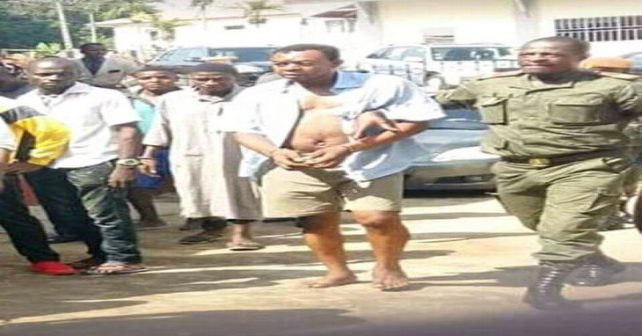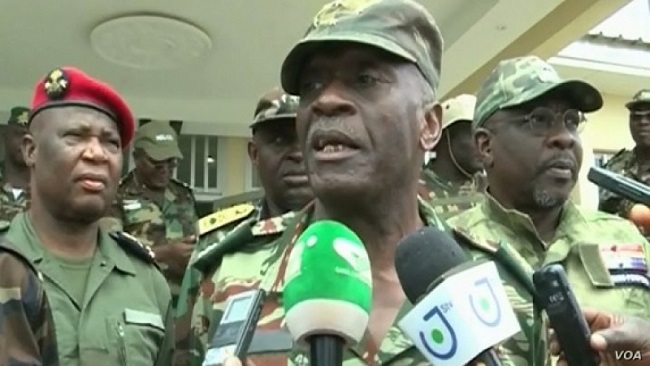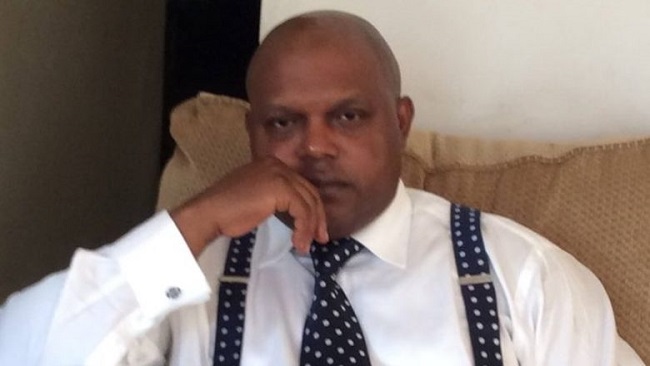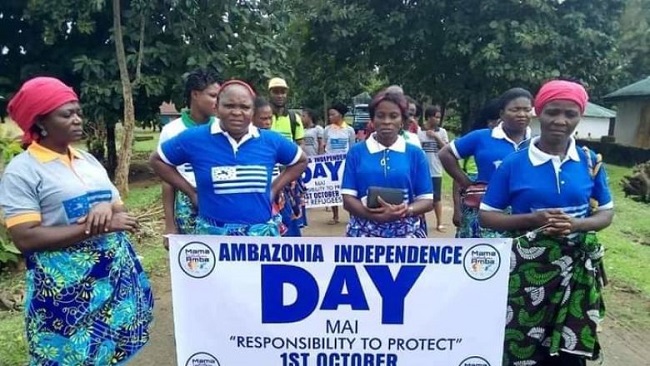1, August 2016
Biya gives guidelines for the 2017 budget 1
Government now has a mirror to its 2017 budget. The traditional circular that gives guidelines for the preparation of the State budget is out, with President Paul Biya stressing the continuous implementation of the three-year emergency plan, smooth preparations for the 2019 African Cup of Nations, the operationalisation of the “Special Youth” emergency plan and the strict supervision of people affected by cross–border insecurity.
The circular comes as the country entered the second triennium (2016-2018) programme-based budget, with the executive directives hinging on government priorities and commitments that are aligned to the country’s long term development objectives contained in the Growth and Employment Strategy Paper (GESP). Government seeks the acceleration of economic growth and the improvement of the livelihoods of Cameroonians.
The Macroeconomic Context
The preparation of the 2017 budget comes at a time world economies are dangling. The International Monetary Fund notes that global economic growth stood at 3.1 per cent in 2015, is estimated at 3.2 in 2016, but expected to hit 3.5 in 2017 – driven by emerging and developing countries. Growth in Sub-Saharan Africa is expected to continue at relatively lower rates than in the past decades due to falling commodity prices.
The circular also comes at a time the Bank of Central African States, BEAC, indicates that growth in Central Africa is stagnating. Cameroon has however shown resilience, facing double shocks from insecurity and falling oil prices. Projections place growth at 6 per cent, up from 5.9 per cent – with an inflation rate of below 3 per cent in 2015.
Set Objectives
Top on government’s intents is to accelerate economic growth, make it strong, sustainable, inclusive and job creative. The achievement of the objectives is based on the modernization of agriculture (second-generation agriculture), the stepping up of energy supply, improvement of enterprise competitiveness, business climate, access to financing, promotion of the growth of local industry and the processing of local products.
Stakeholders tasked with preparing the State budget have been urged to maintain a real GDP growth rate of 6 per cent, an inflation rate of 3 per cent, an overall fiscal deficit of 3.3 per cent of GDP and a current account deficit of 3.6 per cent of GDP.
Cameroon Tribune


























1, August 2016
Germany suspends funding for micro projects in Cameroon 0
Germany, the largest economy within the European Union has suspended the financing of micro development projects in Cameroon for the years 2016 and 2017. The official reasons for this decision have not been made public by the Merkel administration. What we do know however is that applications will be accepted after the resumption of funding.
10 micro-projects were financed in 2012 alone. In total, the development assistance provided by the Federal Republic of Germany amounts to 679 million FCFA. This amount will, according to the German Embassy, grow to 65.8 billion FCFA.
The new leader at the German embassy in Yaoundé recently revealed that between 2017 and 2019, funds will be invested in three priority areas of German cooperation with Cameroon which includes decentralization and accountable governance, sustainable management of natural resources and natural resources. The health sector will also receive financial support to facilitate the fight against child and maternal mortality.
By Sama Ernest (Cameroon Concord News)